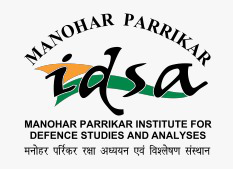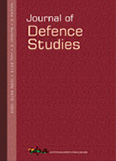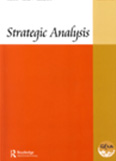Role of Military Culture and Traditions in Building Ethics, Morals and Combat Effectiveness in Fighting Units
Developing culture and traditions is one of the pragmatic ways of breeding ethics and moral standards in the military. These moral issues are profoundly linked to the military’s way of life and ethos, which includes discipline and esprit de corps. Although issues like developing a sense of belonging may be the theme while creating cultures, the ultimate aim is to influence a soldier into becoming an ethical team player as an instrument for winning wars. The creation and pursuit of culture establishes common values and a sense of ownership amongst the troops.
- V. Mahalingam
- April 2013










